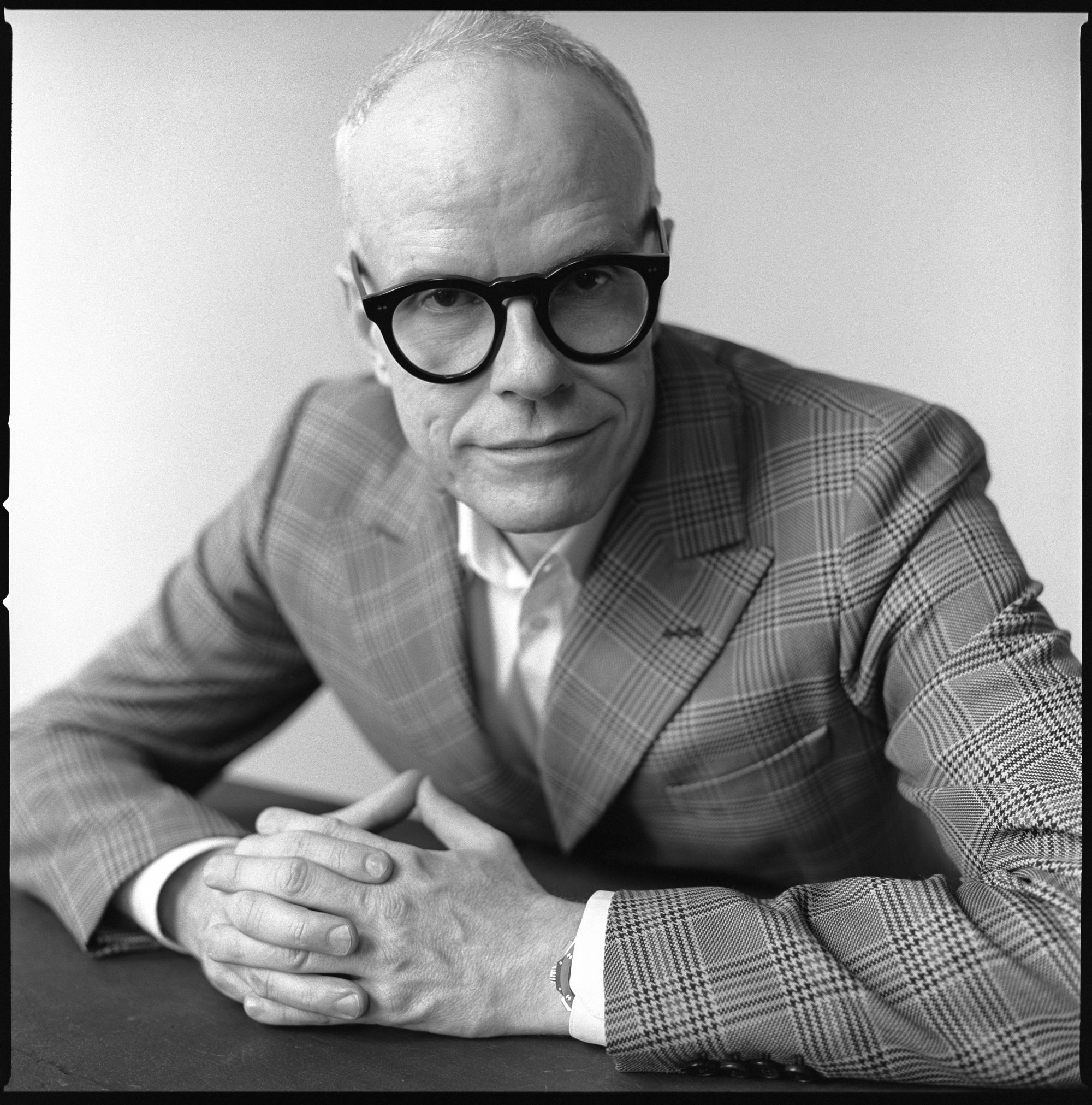Hans Ulrich Obrist Illuminates Six Ways Technology is Impacting the Art World
Art is always shaped by the world around it, and as technology develops at a rapid pace, its influence continues to evolve. Hans Ulrich Obrist is artistic director at Serpentine Galleries, London. Serpentine has a strong focus on technology, and their new report on Future Art Ecosystems offers a pioneering holistic analysis of how artistic engagements with advanced technologies are irreversibly transforming the art world.
In a recent conversation, Obrist offered his thoughts on technology and the ways we might see changes in art as we move into a new future.
Technology is moving art outside the museum and forming new relationships
“In the ‘60s the Experiments in Arts and Technology collective (E.A.T. of Billy Klüver) brought together Bell Lab engineers and New York City artists, and the Artist Placement Group (APG) placed artists in industry or public institutions. Today we can be inspired by these initiatives and the idea of art going outside the museums and migrating into society. What is interesting is not only how new technologies and art could be impacting on each other but also what new relationships could open up. This is something I was always interested in.”
Scientists are artists
“The deep connections between science and art were noted by the late Heinz von Foerster, the architect of the cybernetic movement in the ‘40s. When I interviewed him in the ‘90s, he told me that he has always perceived art and science as complimentary fields and that I shouldn’t forget that the scientist is in some respect also an artist. Because when they invent something new and describe it, they have to work artistically to communicate their research findings.”
As technology speeds things up, go slower
“We are very interested right now at Serpentine in slow programming that will allow for a more expanded understanding of technology. We are interested in moving beyond single events to multi-year initiatives. This approach will contribute to a reorientation of the art field through projects that will reflect technology as defined by Ursula Le Guin, the science fiction writer, “the active human interface with the material world.”
Break down the binary
“We are also interested in questioning the principles that have been driving the construction of technology; for example, body vs. spirit or secular vs. spiritual. We want to go beyond these binaries and become a place that welcomes new inquiry. I think it is very important to go beyond pre-existing divisions and work at the intersection of technology and spirituality.”
Together, apart: Find the “Mixed Reality” (VR + AR) that unites us
“As a curator I am more interested in augmented reality than virtual reality because augmented reality allows you to freely navigate and interact with the audience. My concern with virtual reality is that it can isolates us. I think that perhaps a ‘mixed reality’, that combines elements of virtual and augmented reality could create interesting experiences, that will not isolate us from one another and will allow us to co-produce reality.”
Start conversations with avatars
“I am also very interested in avatars. Ben Vickers and our digital team are currently working on my avatar, a neural network which is trained based on my archive of my 4,000 interviews. I know other people are building avatars and I think it is interesting because it raises a lot of questions; existential questions but also questions of interaction and communication among avatars. What if we could start a public conversation through our avatars? Because we need to use technology in a way that it creates togetherness, not isolation. I am really interested in this togetherness, particularly now.”

The transcribed text has been edited for length and clarity.


